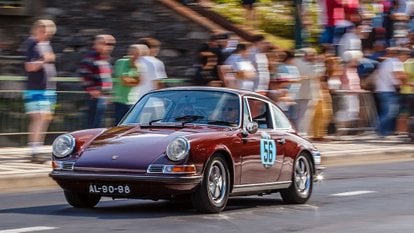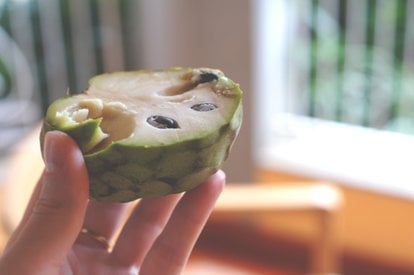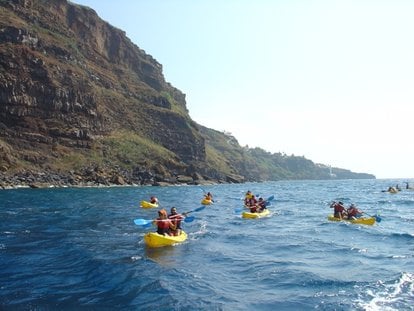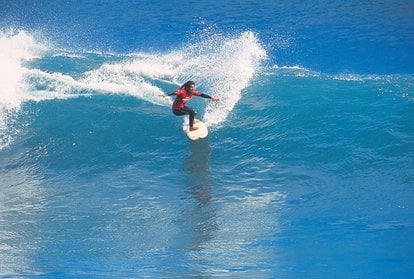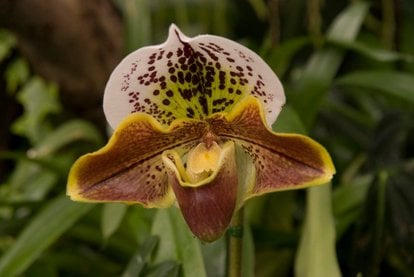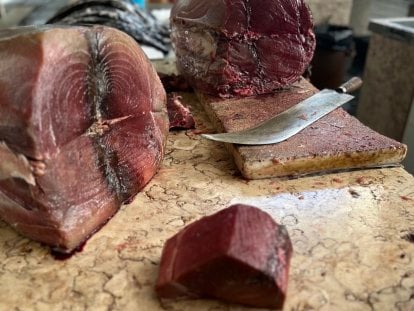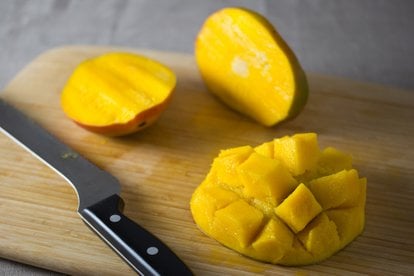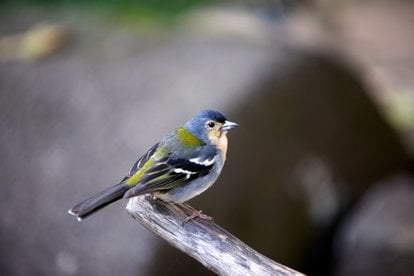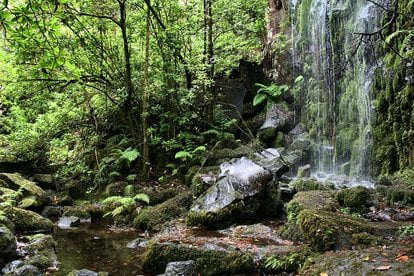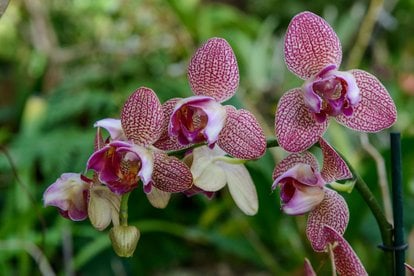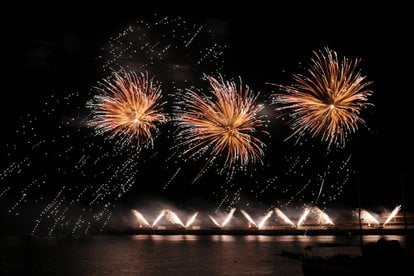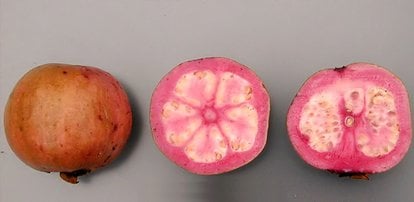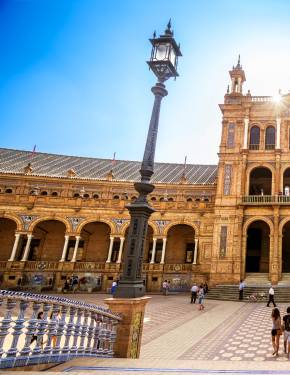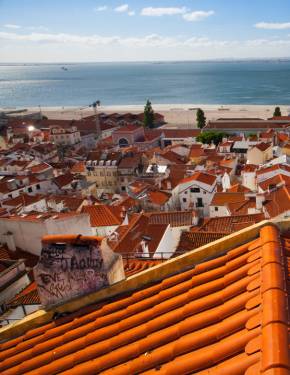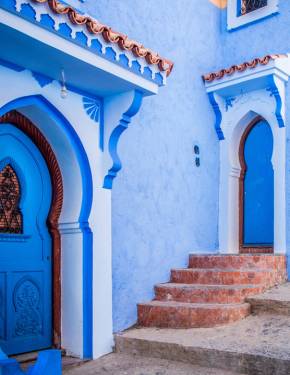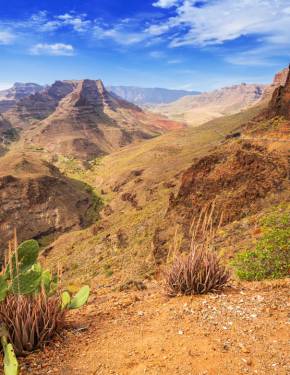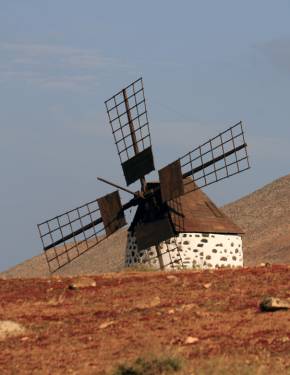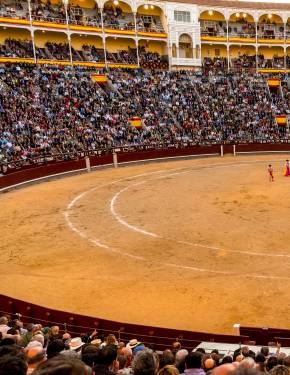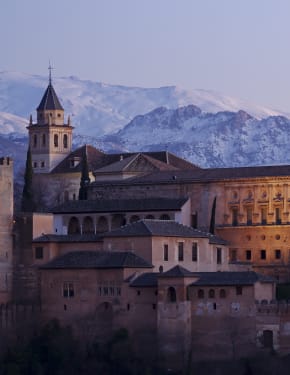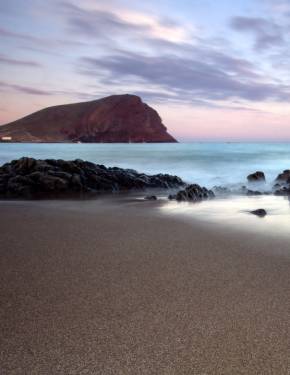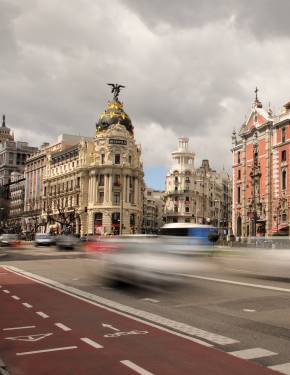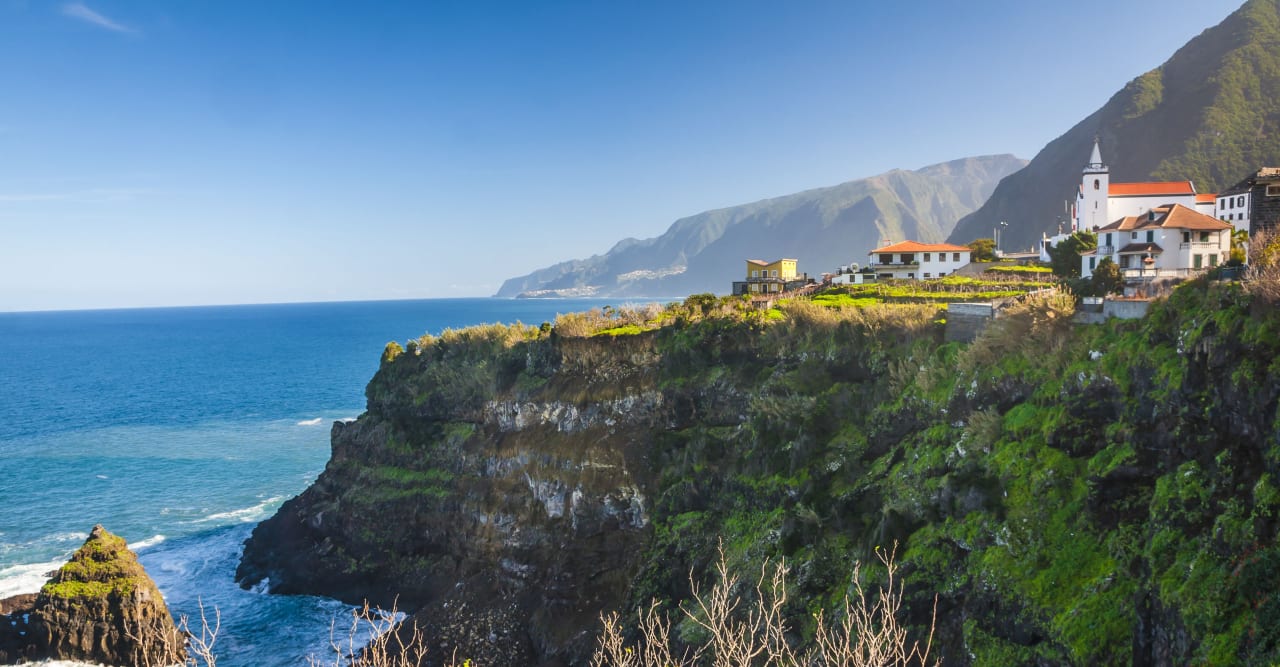
Best time to visit
38 things to do in Madeira
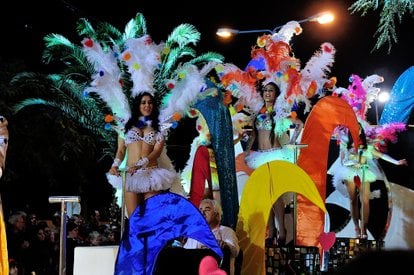
Madeira Carnival in Funchal
Joyful parades and endless fun on the streets
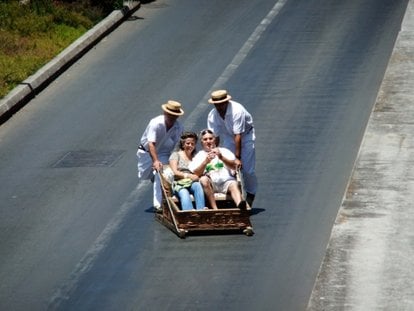
Toboggan (Sledge) Ride
According to a legend, Hemingway described Funchal toboggan as "the most exhilarating experience" of his life
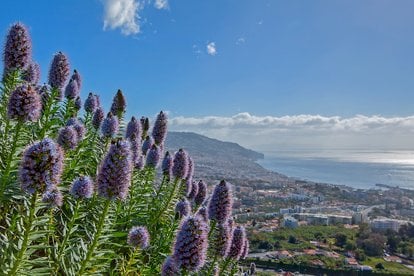
Echium or Pride of Madeira
See blooming fields of Madeira's most famous flower

Madeira Wine
Great chance to see the traditional production of the world famous wine and taste its various kinds
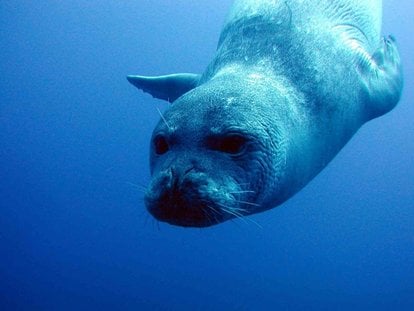
Monk Seals
One of the rarest seals in the world can still be found in Madeira

Madeira Plunge (Primeiro Mergulho do Ano)
Start a New Year with a refreshing swim
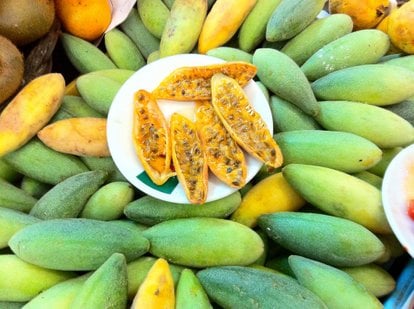
Passion Fruit (Maracuja)
Originally from America, passion fruit is loved in Madeira

Porto Santo and Christopher Columbus' House
A paradise island with a unique museum

Madeira Nature Film Festival
Watch movies from all over the world at the most prestigious spots in Madeira
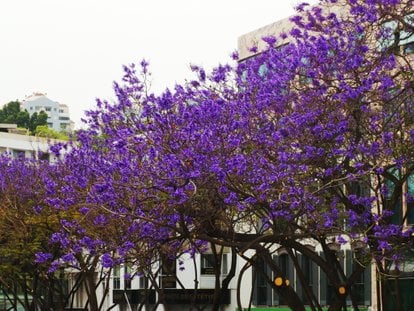
Jacaranda Trees in Bloom
Streets turn purple when those amazing trees are in bloom

Whale and Dolphin Watching
Madeira is the marine life paradise of the Atlantic
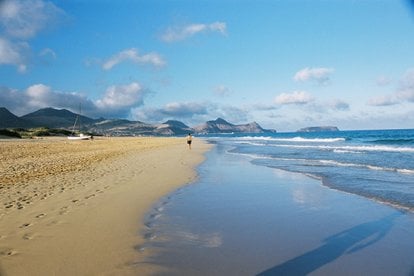
Beach Season
Sunny weather and warm ocean at one of the world's most picturesque resorts
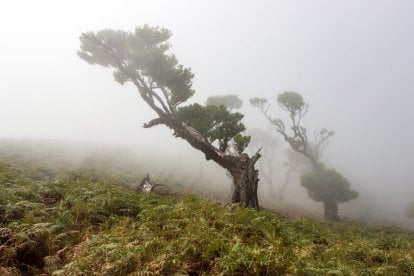
Fanal Forest in Madeira
Step into the mystical allure, where ancient trees meet swirling mists in a timeless dance of nature's beauty
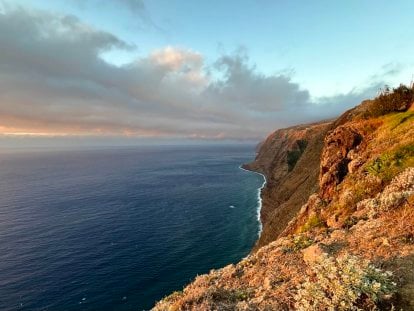
Ponta do Pargo
Ponta do Pargo—from serene levadas to breathtaking cliffside paths and majestic waterfalls—where every step reveals Madeira's wild beauty
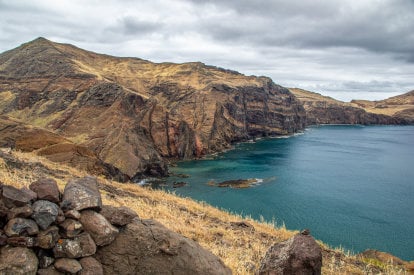
Ponta de São Lourenço
Rugged beauty and panoramic views, where every step reveals the wild essence of Madeira's easternmost tip
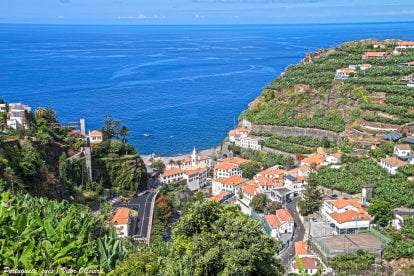
Ponta do Sol
Discover coastal charm and vibrant cultural scene of Madeira's southwest gem, where sunsets paint the sky and history whispers through cobblestone streets
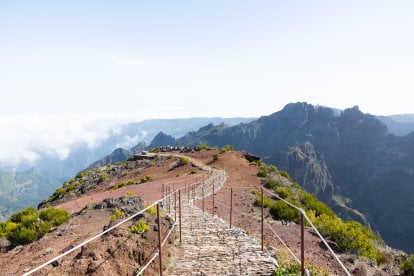
Pico do Arierio To Pico Ruivo Hike
Experience the ultimate adventure on Madeira's stunning ridge, where every step reveals breathtaking vistas and unforgettable natural beauty

